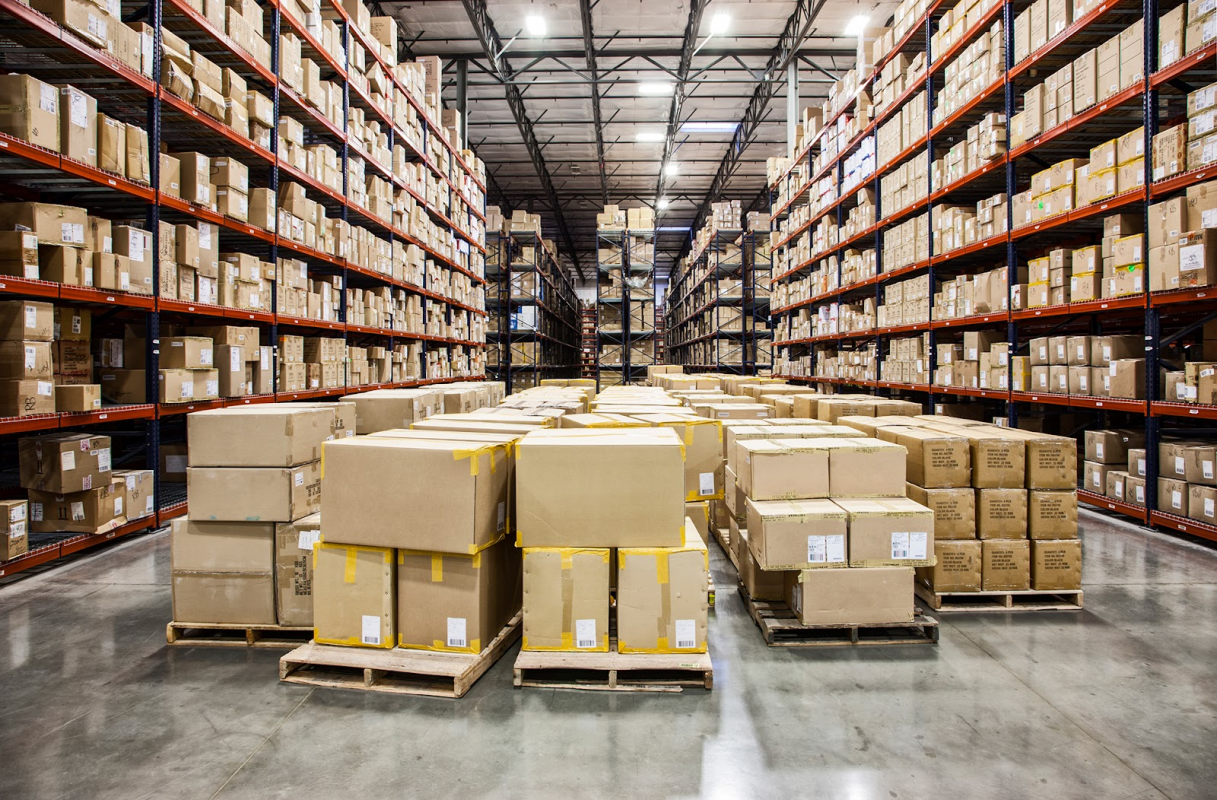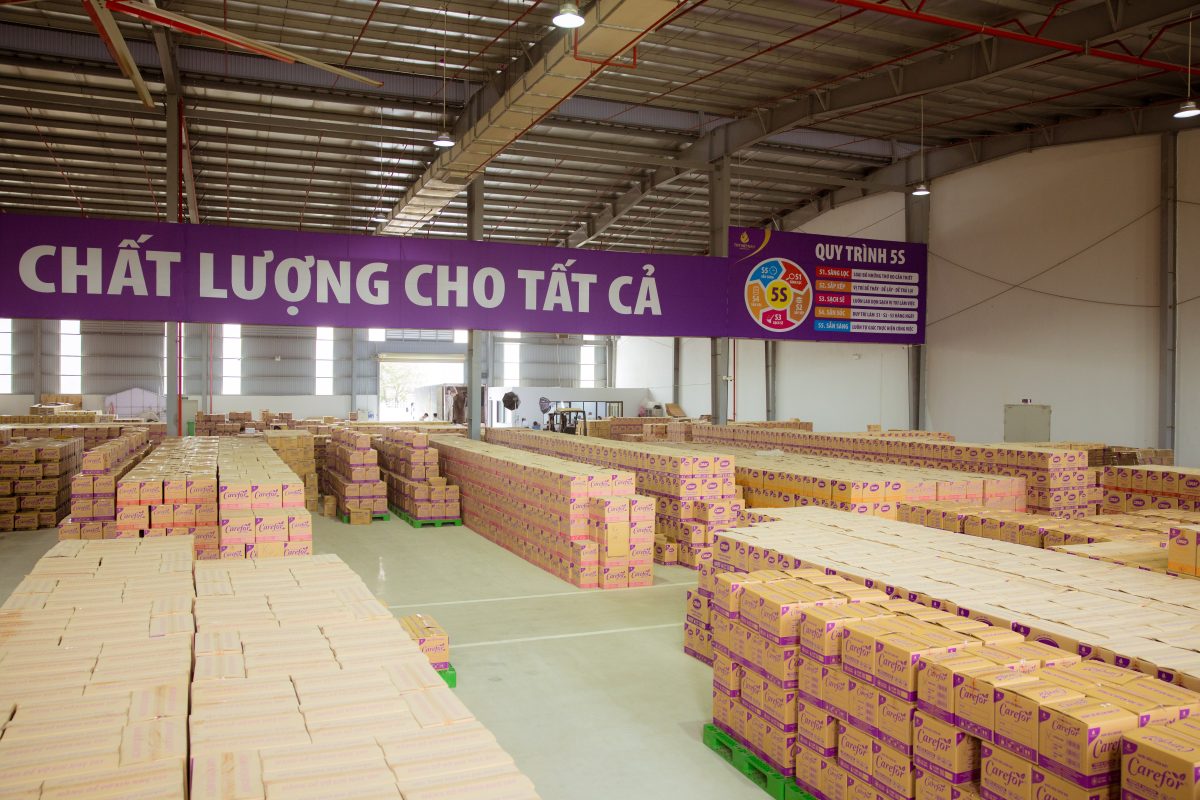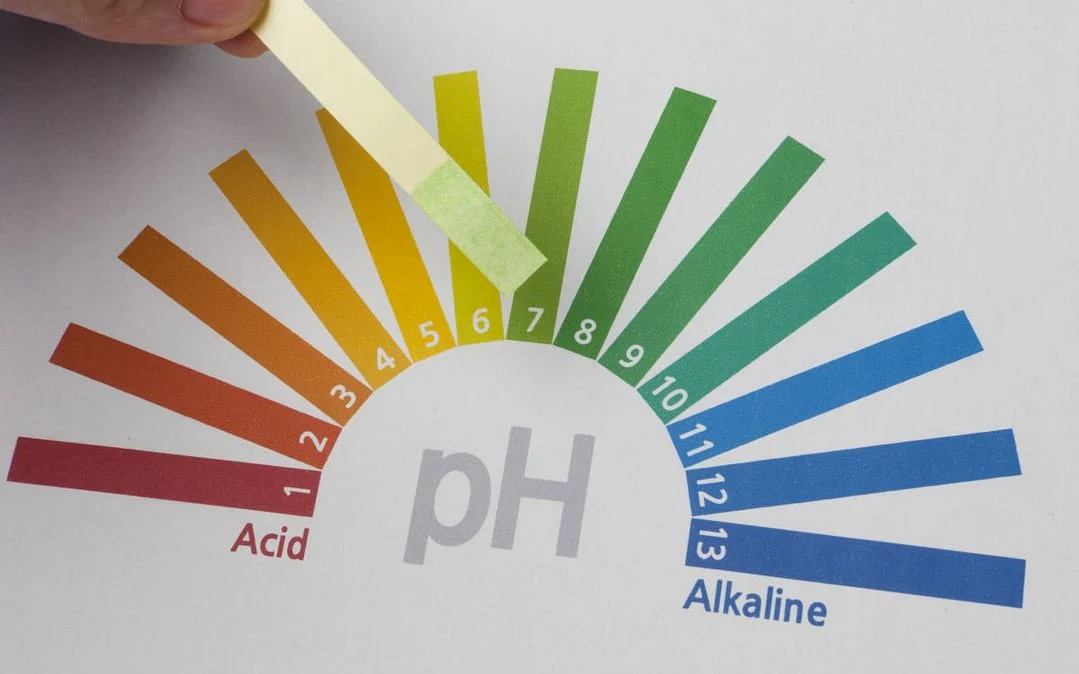Washing machine has sediment at the bottom – Causes and solutions
Washing machines are gradually becoming indispensable items in every modern family. However, after a period of use, many people encounter…
In the context of the fiercely competitive cosmetics market, quality control in the production of OEM/ODM laundry detergent is a vital factor that determines the reputation and sustainable development of the brand. Especially for businesses choosing the OEM/ODM model, building a strict quality control process not only helps ensure that the product meets standards but […]
In the context of the fiercely competitive cosmetics market, quality control in the production of OEM/ODM laundry detergent is a vital factor that determines the reputation and sustainable development of the brand. Especially for businesses choosing the OEM/ODM model, building a strict quality control process not only helps ensure that the product meets standards but also builds solid trust with customers and partners. The following article will analyze in detail the steps of quality control in the production of OEM/ODM laundry detergent, helping businesses proactively build an effective, professional and quality control system.
The first step in controlling the quality of OEM/ODM laundry detergent production is to establish a clear and specific set of input quality standards. Enterprises need to determine the technical specifications for raw materials, additives, packaging and related components.
Strict control of input is the foundation to ensure finished product quality and minimize risks in the next stages.
In the production of OEM/ODM laundry detergent, the formula development and testing process plays an important role in creating differentiated products that meet market needs.

Only when the formula meets all technical and safety criteria does it move to the large-scale pilot production stage.
The OEM/ODM detergent production process needs to be strictly controlled at each stage to ensure consistent product quality.
The application of automation technology and production management software will help improve control efficiency and minimize errors during operation.
After completing the production process, semi-finished and finished samples of OEM/ODM detergent need to be thoroughly inspected before packaging and shipping.
Only batches that meet quality standards are allowed to be packaged, labeled and released to the market.
Packaging not only protects the product but is also an important factor in building the brand image of OEM/ODM laundry detergent.

OEM/ODM laundry detergent products need to be stored in suitable temperature and humidity conditions to maintain quality.
Quality control does not stop at the factory but also extends to after the product reaches the consumer.
To improve quality control efficiency, detergent OEM/ODM businesses are increasingly applying modern technologies such as traceability, software-based production data management, and automated quality control.

Quality control in the production of OEM/ODM laundry detergent is a continuous process, requiring systematic investment, professionalism and commitment from the entire business system. Strictly implementing quality control steps not only helps OEM/ODM laundry detergent products meet standards but also builds a strong brand and solid reputation in the market. That is the foundation for sustainable development and long-term success of businesses in the modern cosmetic industry.
To learn more about our manufacturing processes and quality commitments, follow and contact THT Vietnam for advice and support!

Washing machines are gradually becoming indispensable items in every modern family. However, after a period of use, many people encounter…

In the cosmetics industry, especially in the field of detergent production, pH is one of the most important factors that…

In the increasingly competitive cosmetics market, building a private label brand is not just about beautiful packaging or a massive…